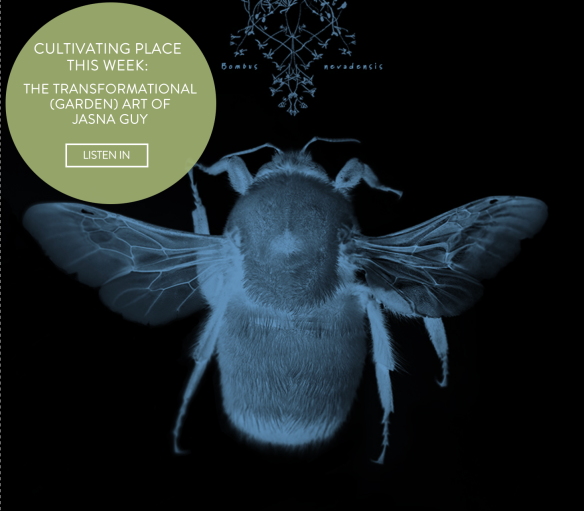I had the great honour to be on Jennifer Jewell’s wonderful Cultivating Place pod cast recently. To talk about art and what inspires the creative process is such an enriching experience. How often does one get to mine one’s past history, to consider the path, often circuitous, that leads to the present?
For those of you who follow Jennifer’s fabulous program, you will know what a masterful interviewer she is, and how she synthesizes ideas so skillfully into this wonderful exchange of words and experiences. If gardens are our repository of culture, of care for the earth and for one another, then Jennifer is that gardener, cultivating and nourishing this living substance of which we are all a part. As Robert Harrison says, the true gardener is always the “constant gardener.”
Thank you Jennifer for spending this time with me!

This episode will air again this Sunday morning, and it will become part of the Cultivating Place archive, so you can listen in at any time:
- Here’s a link to the episode notes: https://www.cultivatingplace.com/post/the-transformational-garden-art-of-jasna-guy
- And to the audio file on Soundcloud (it’s on Spotify, NPR One, Itunes and RadioPublic too): https://soundcloud.com/user-179107226/the-transformational-garden-art-of-jasna-guy
























